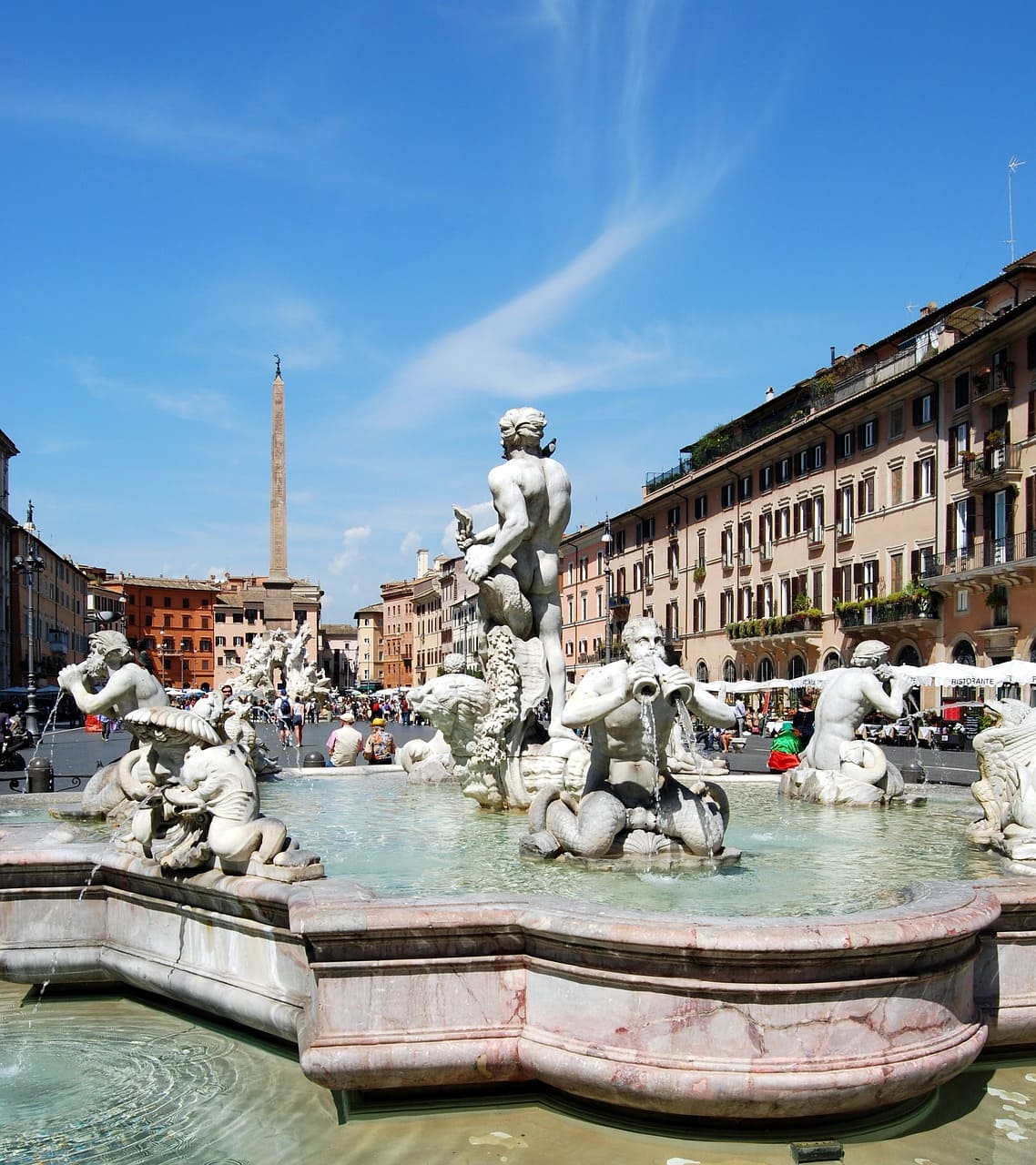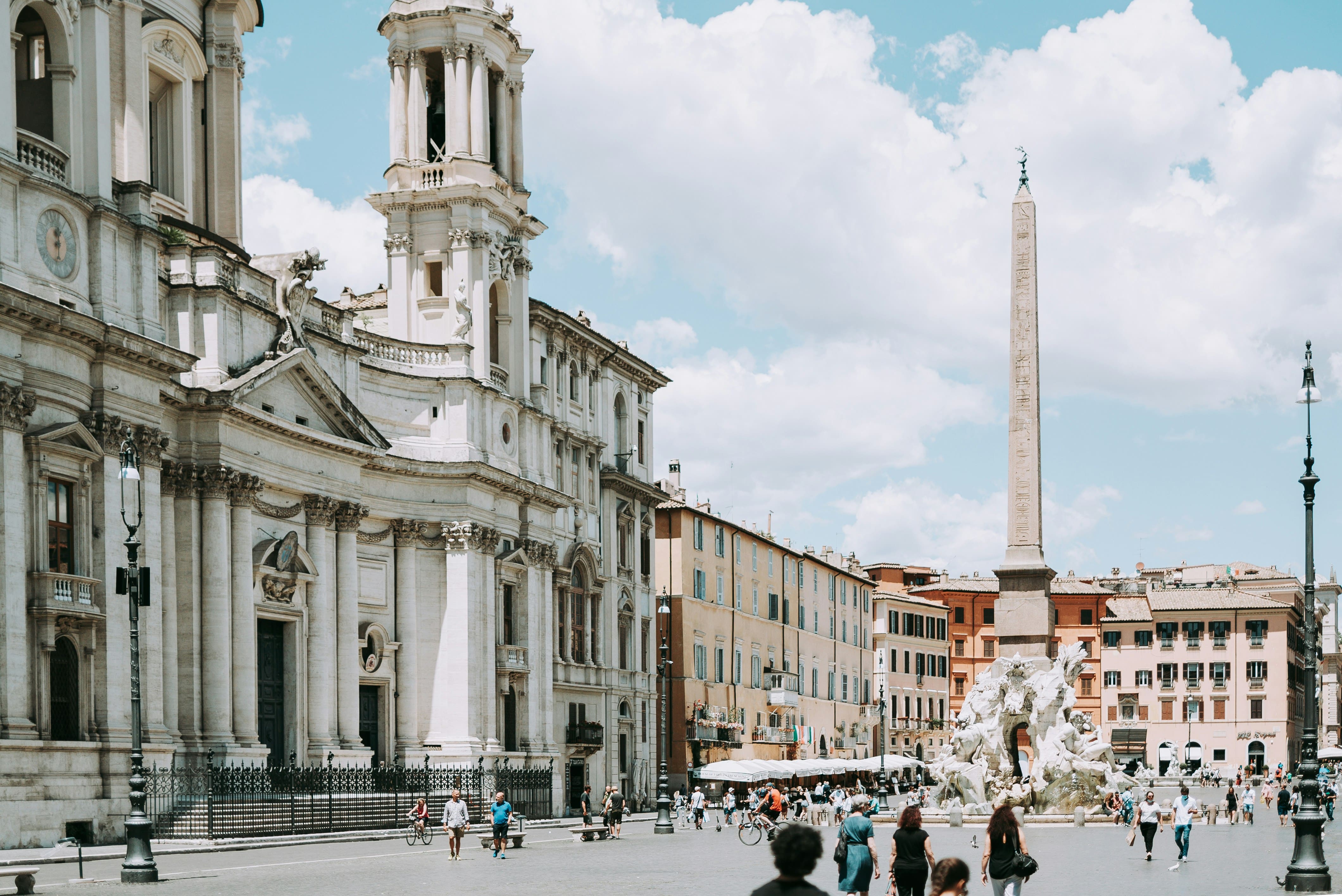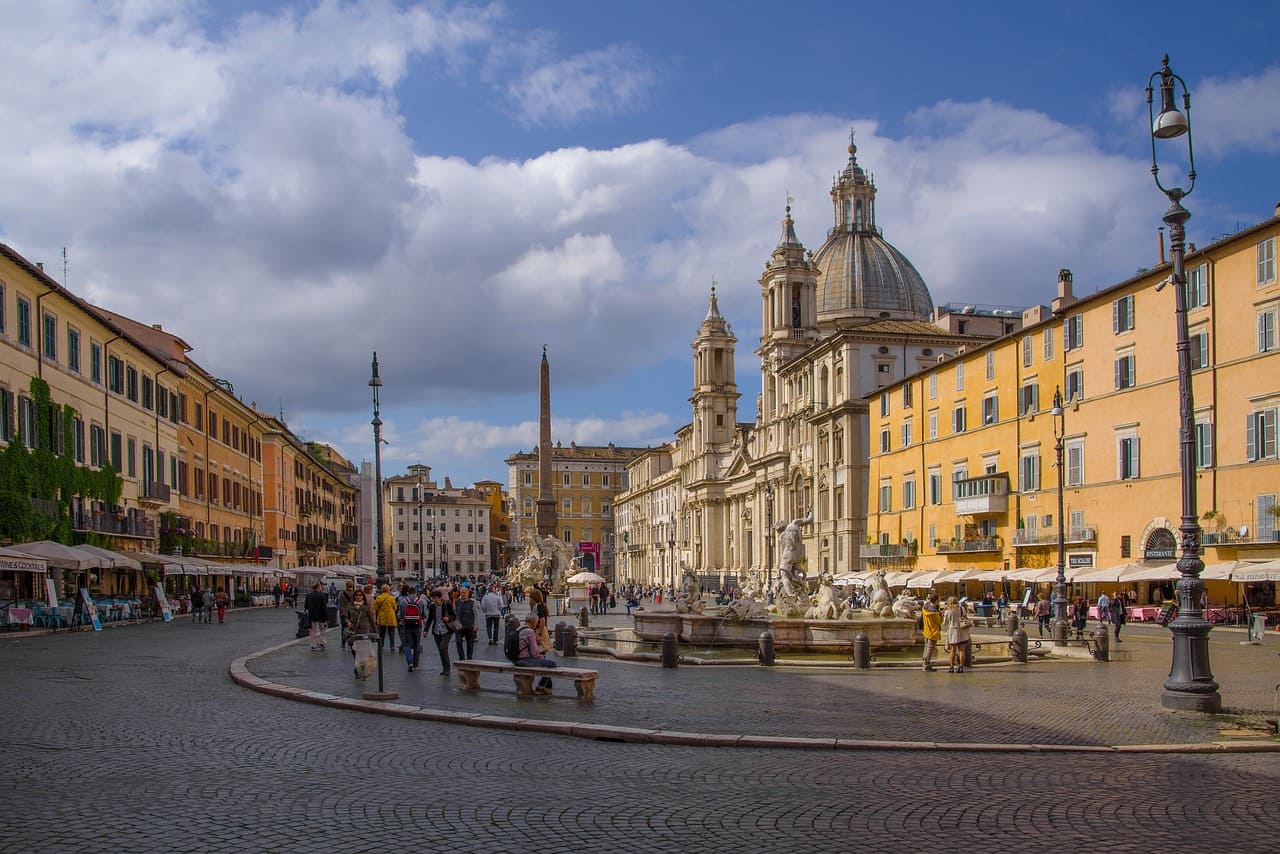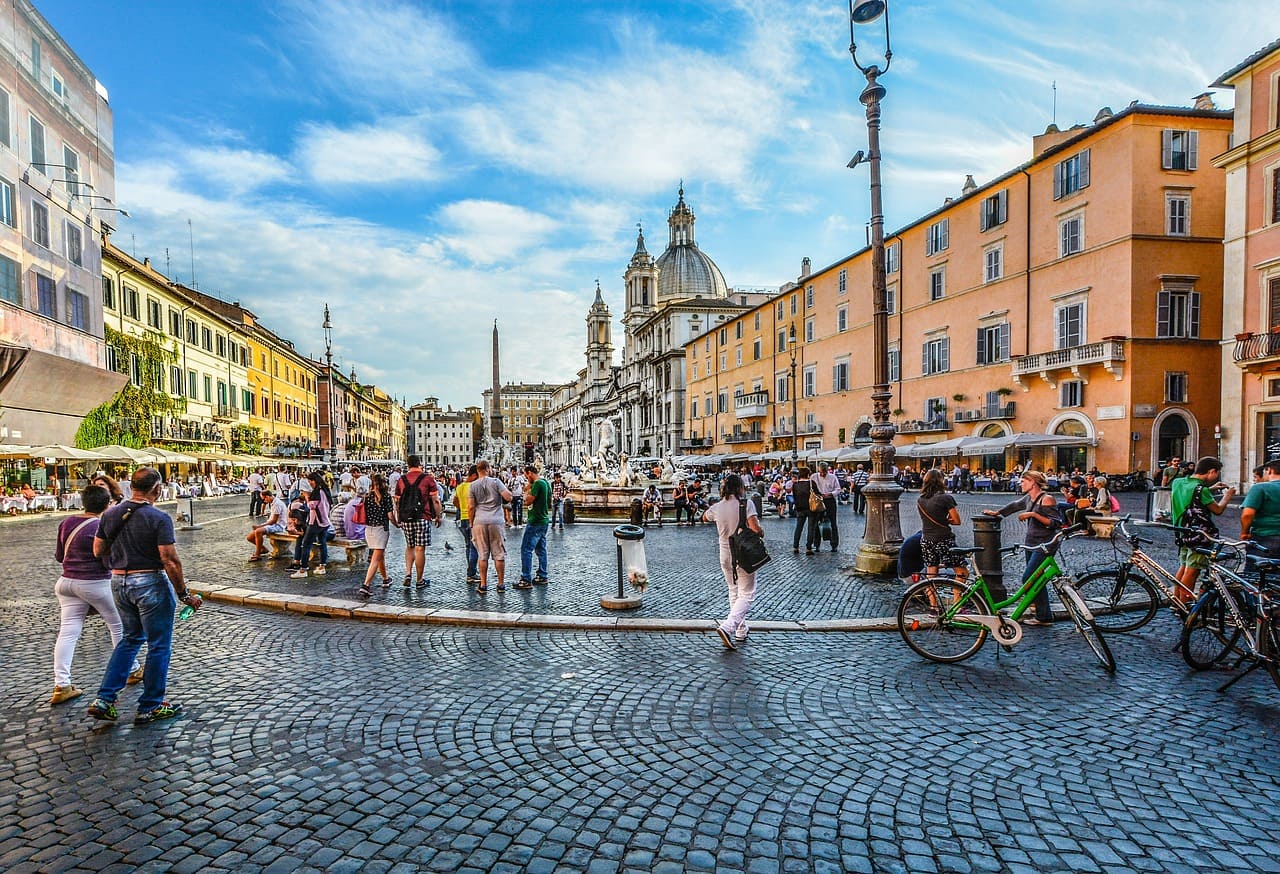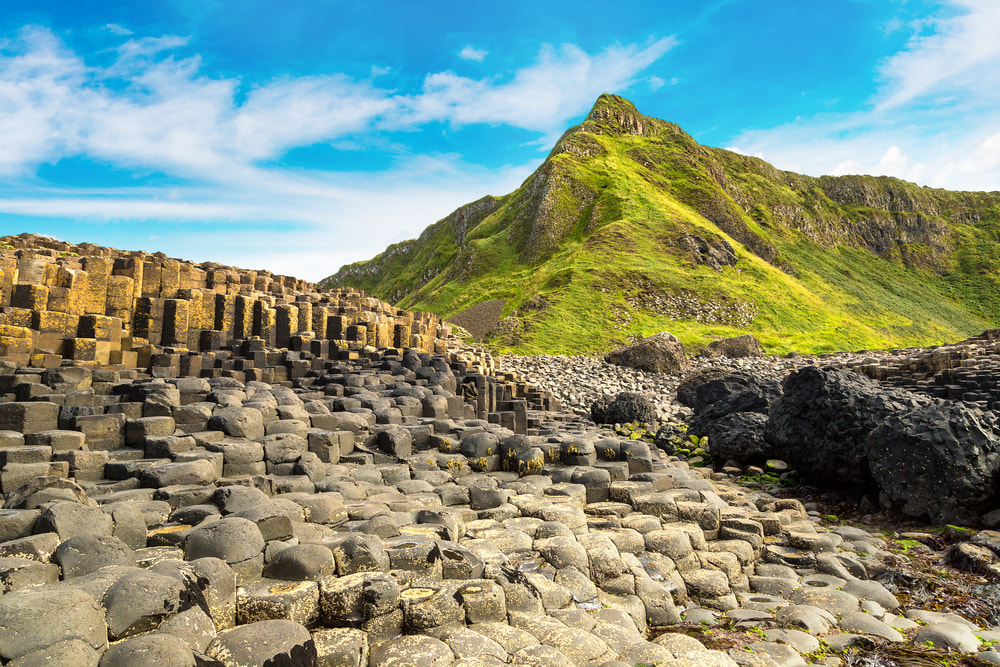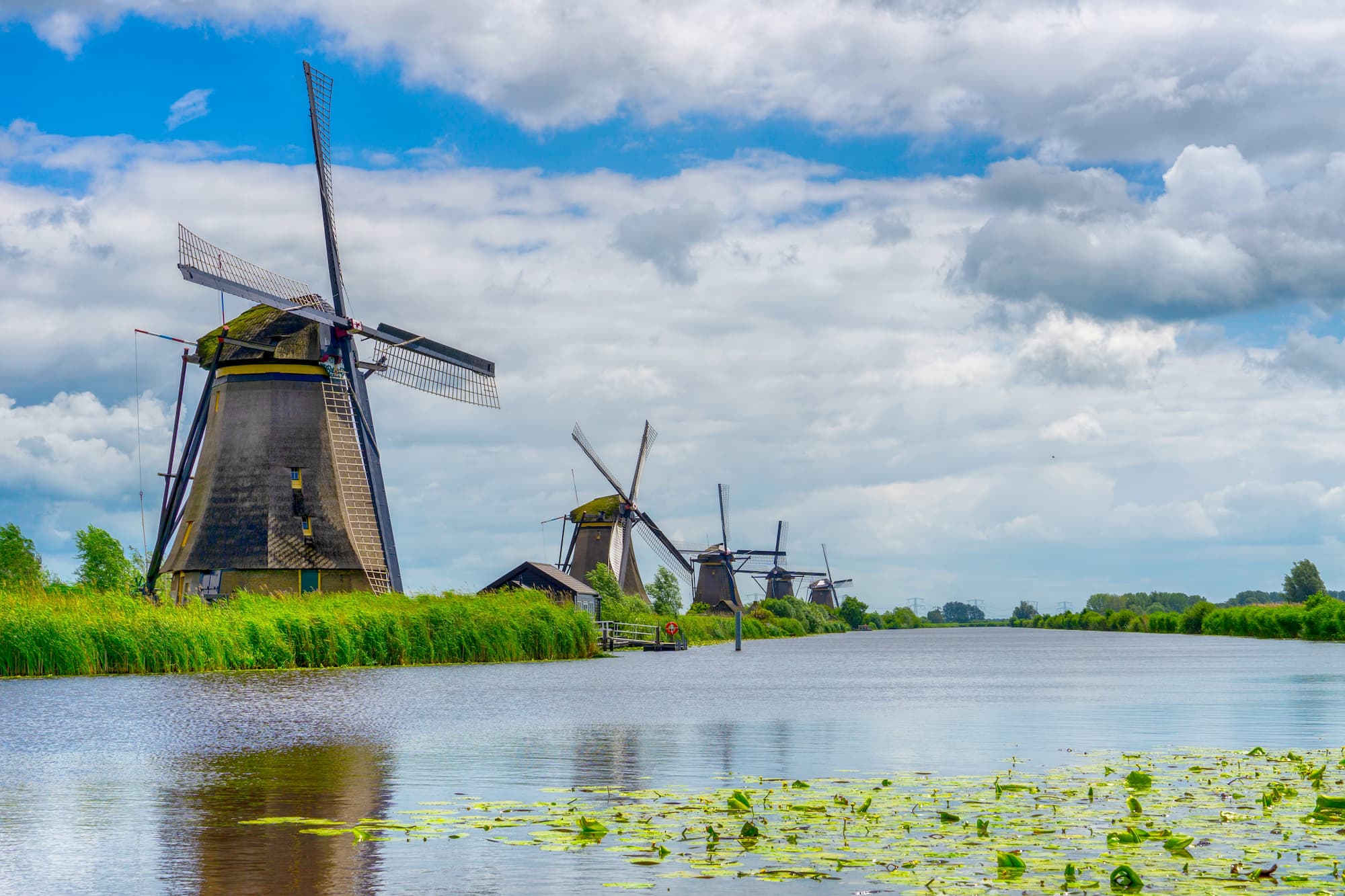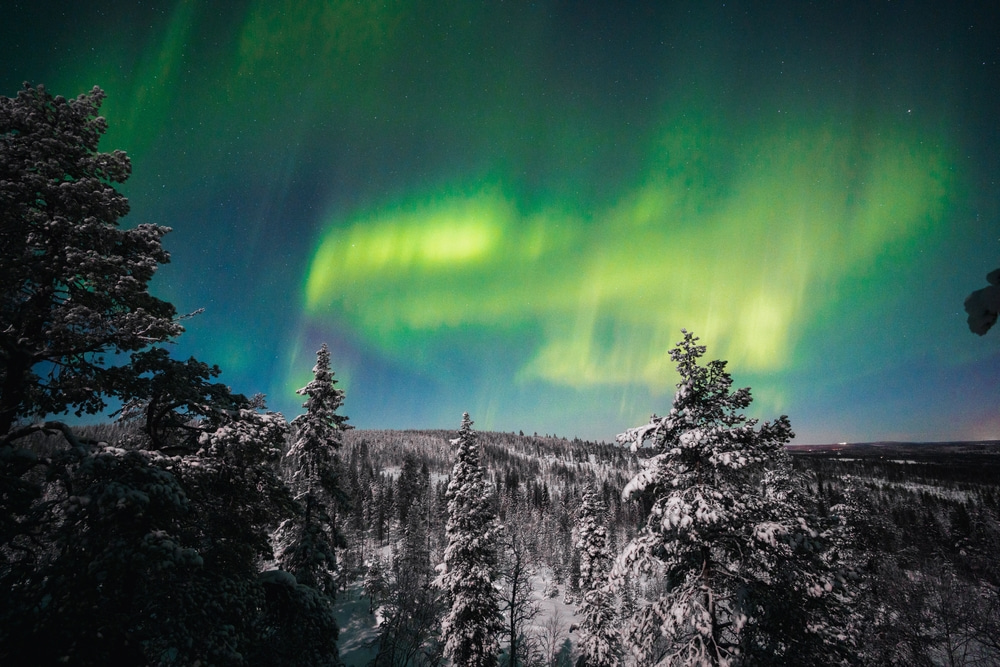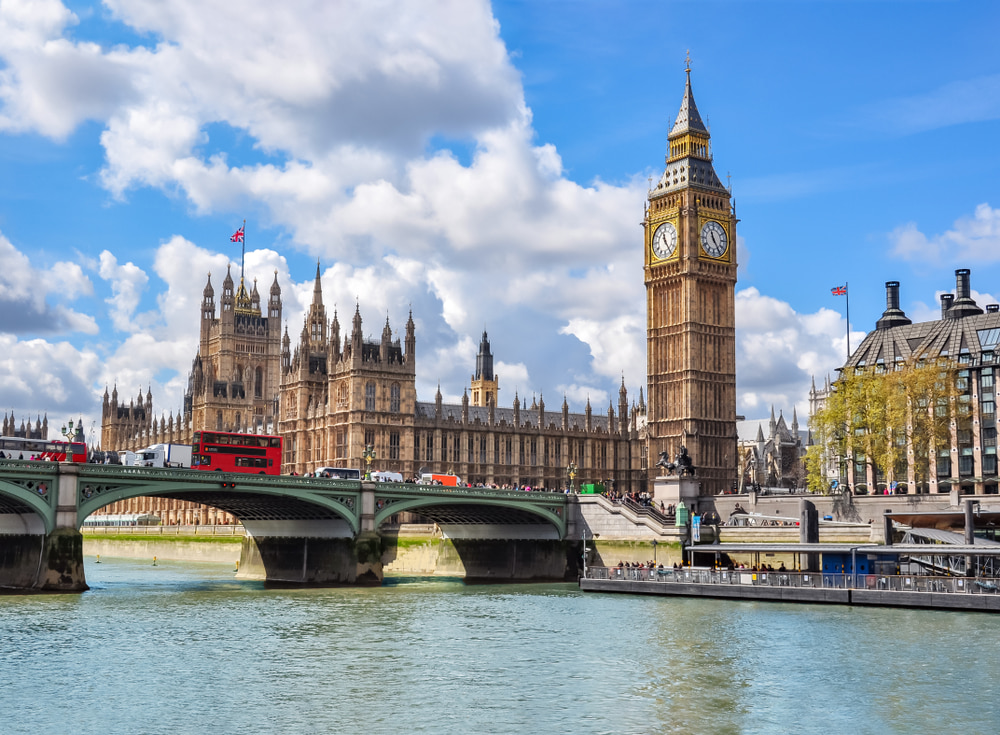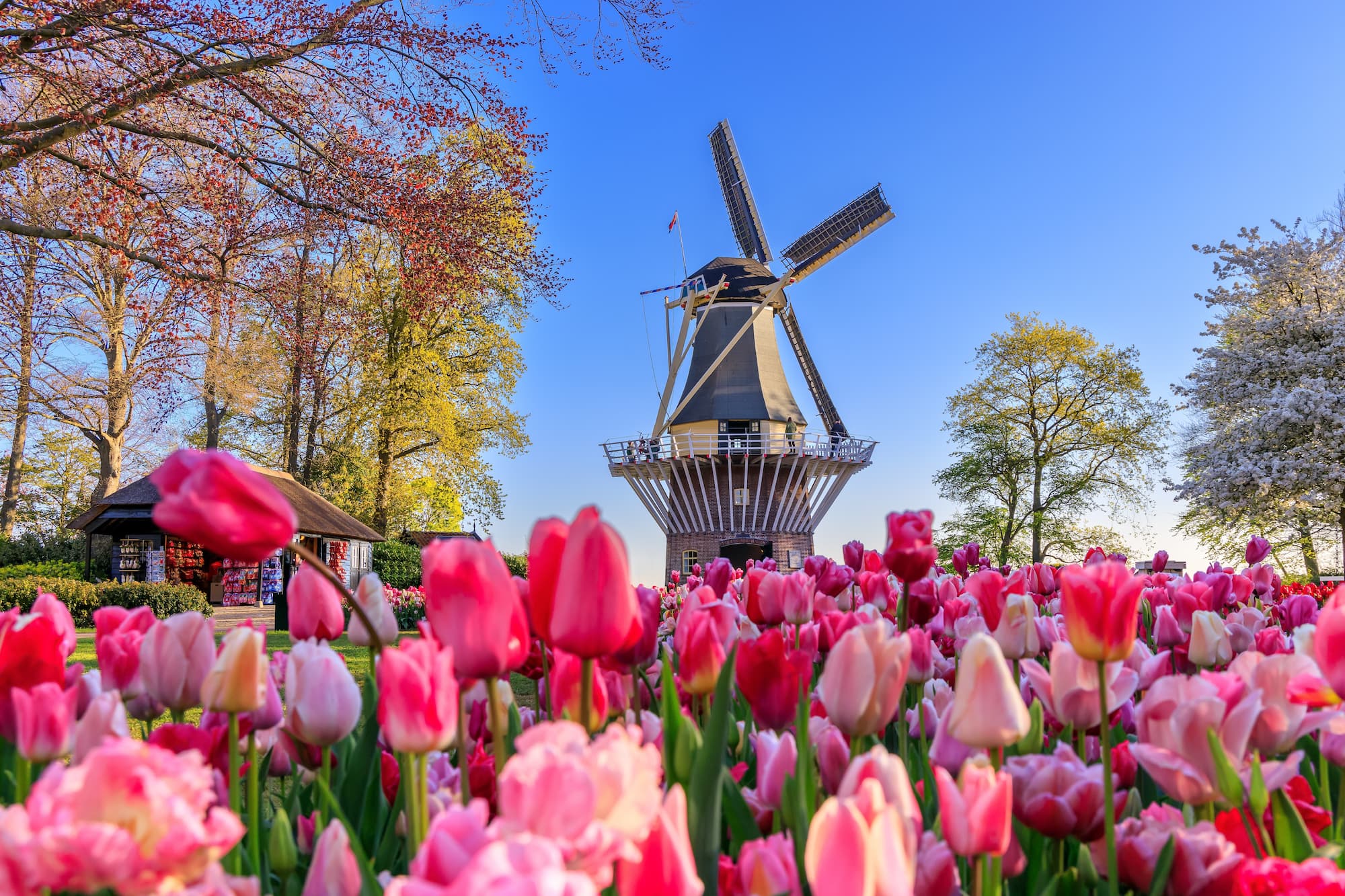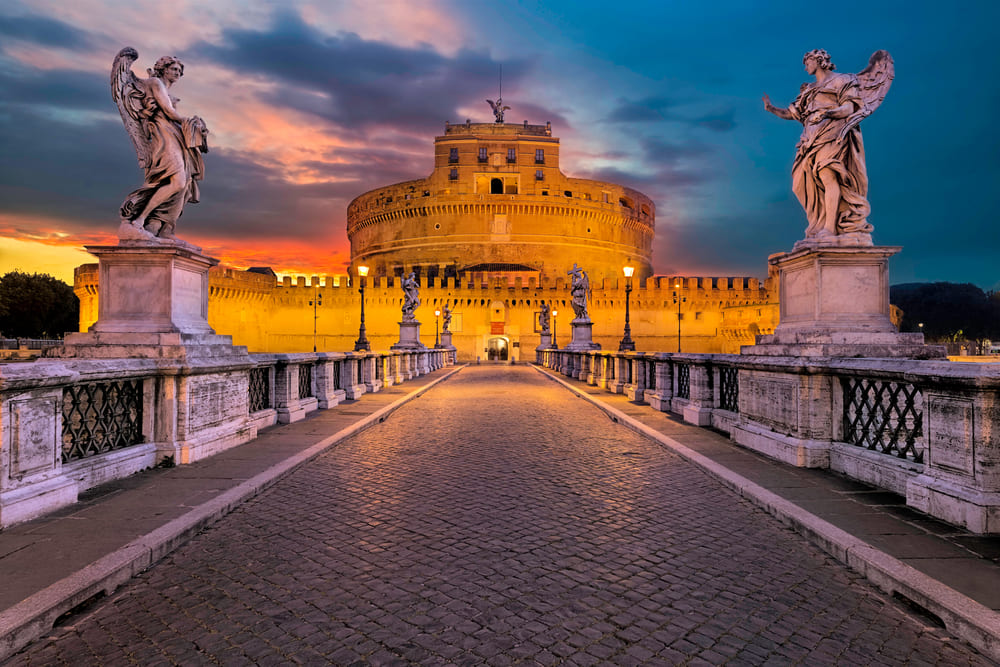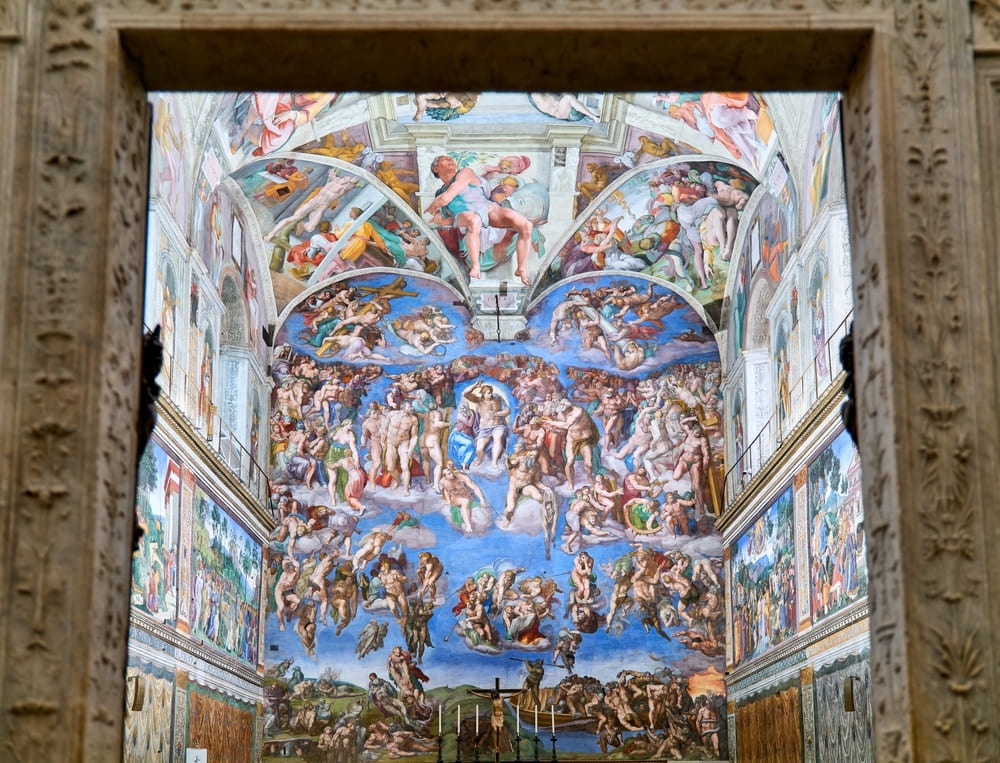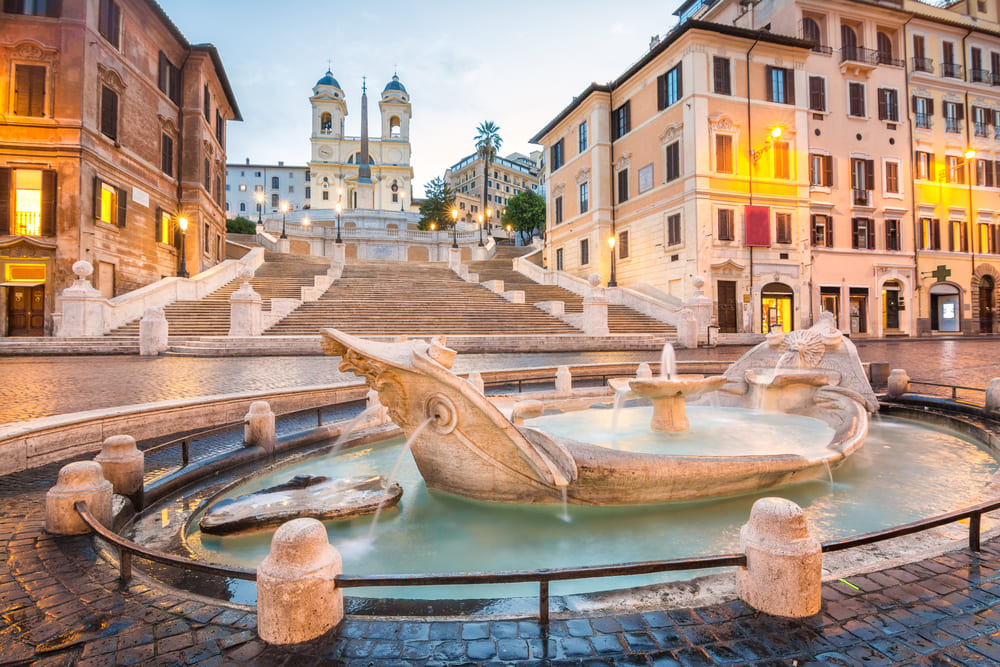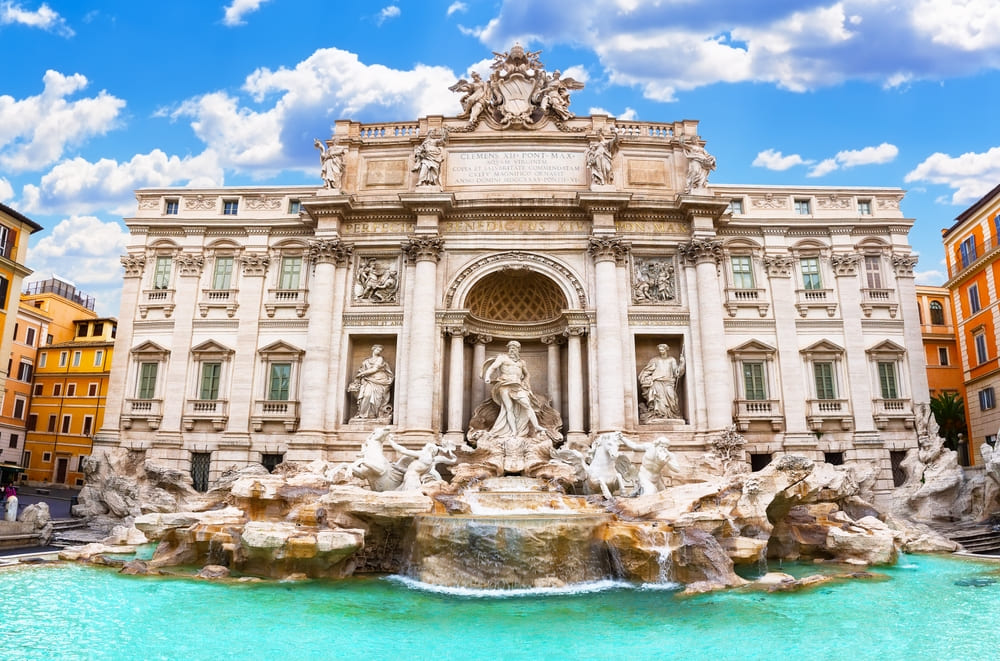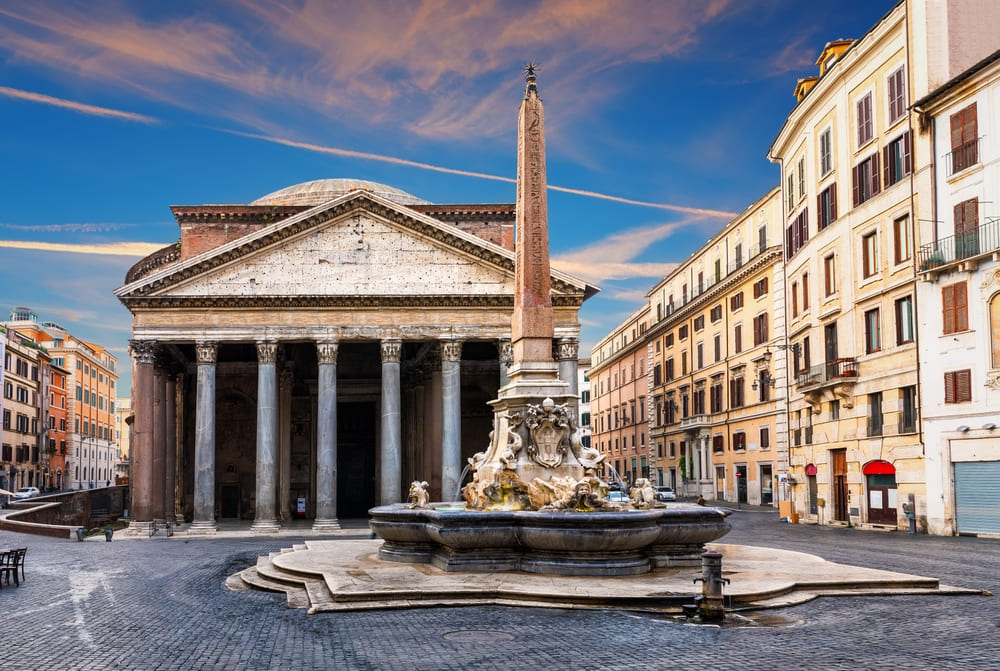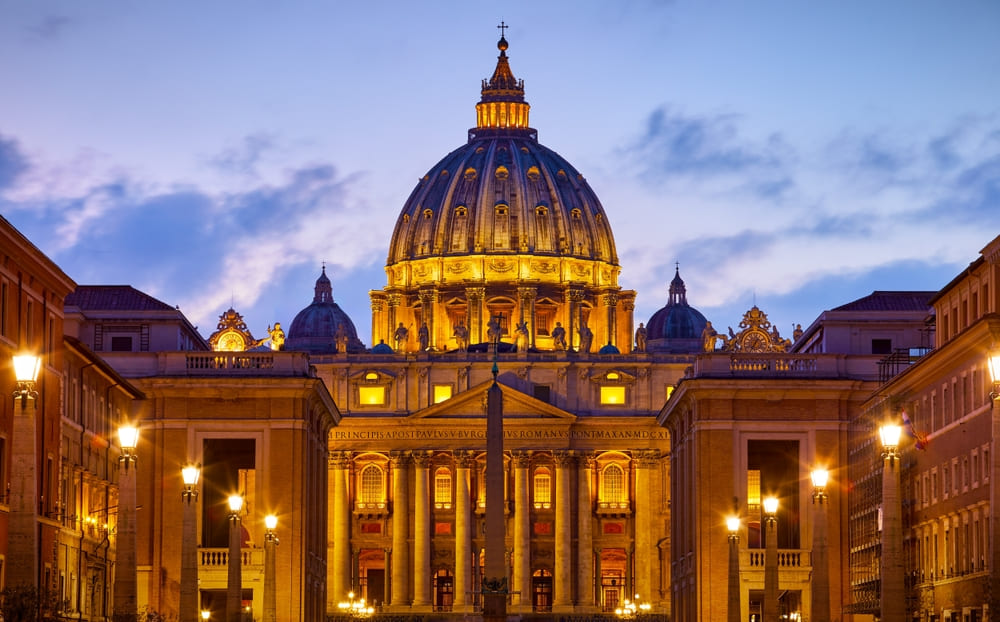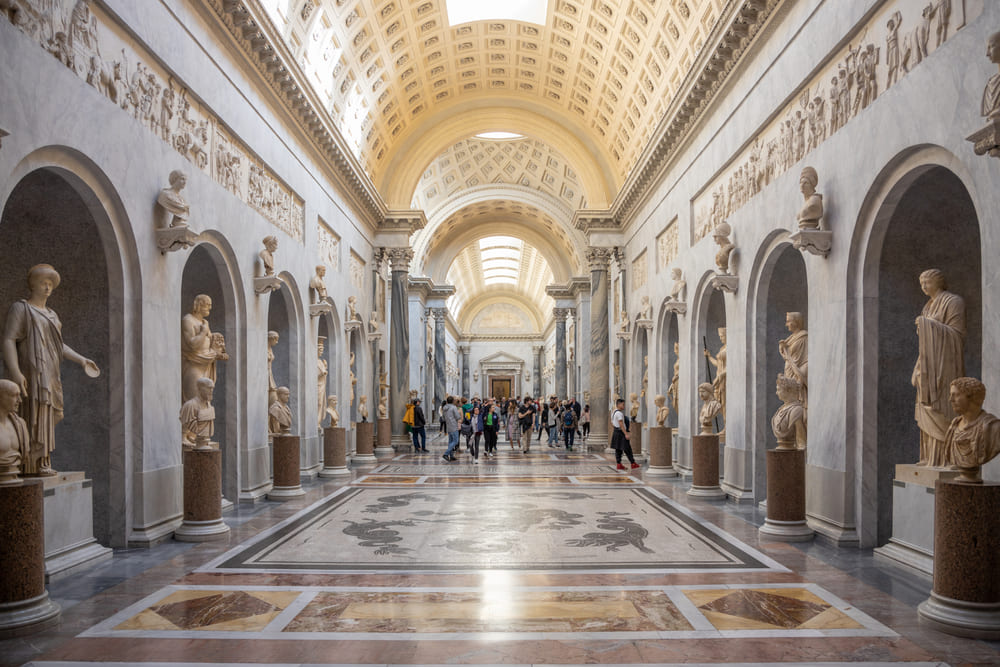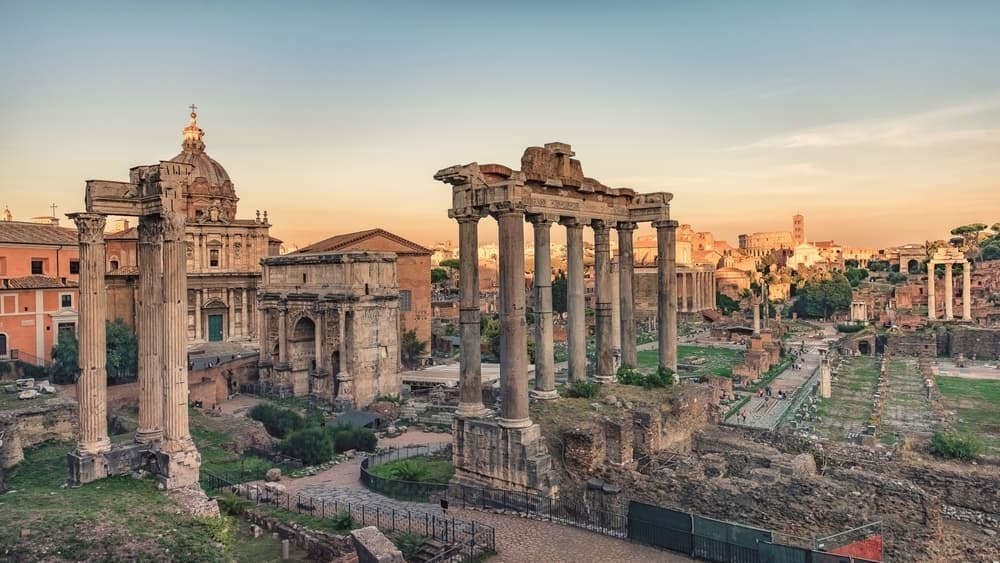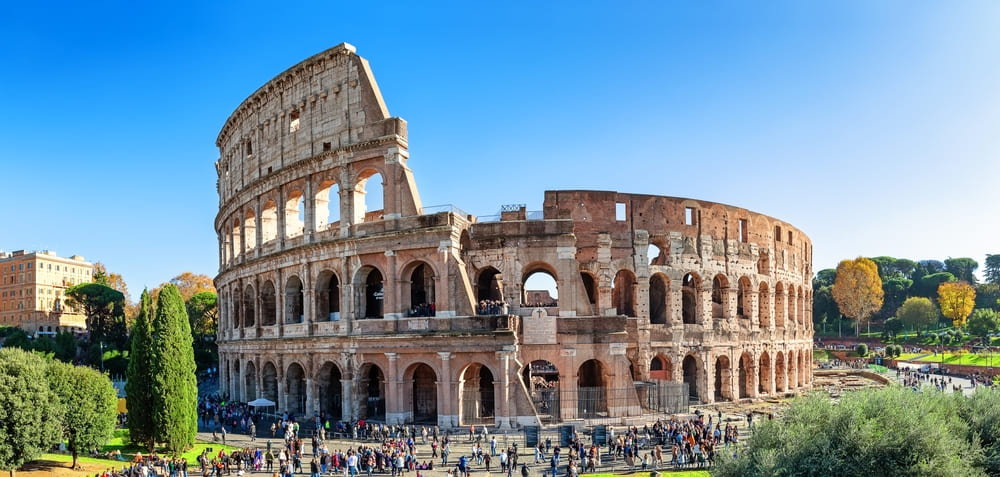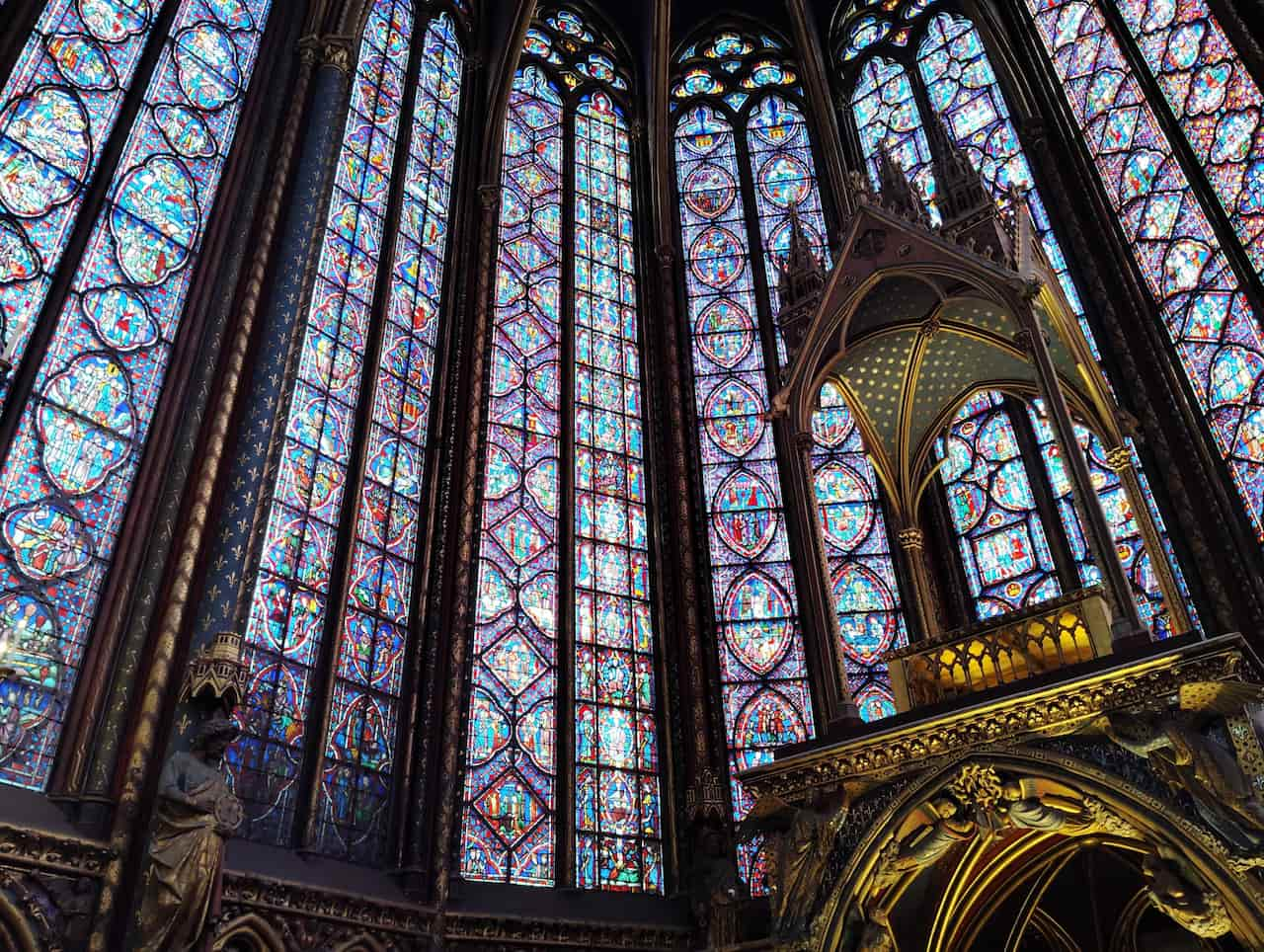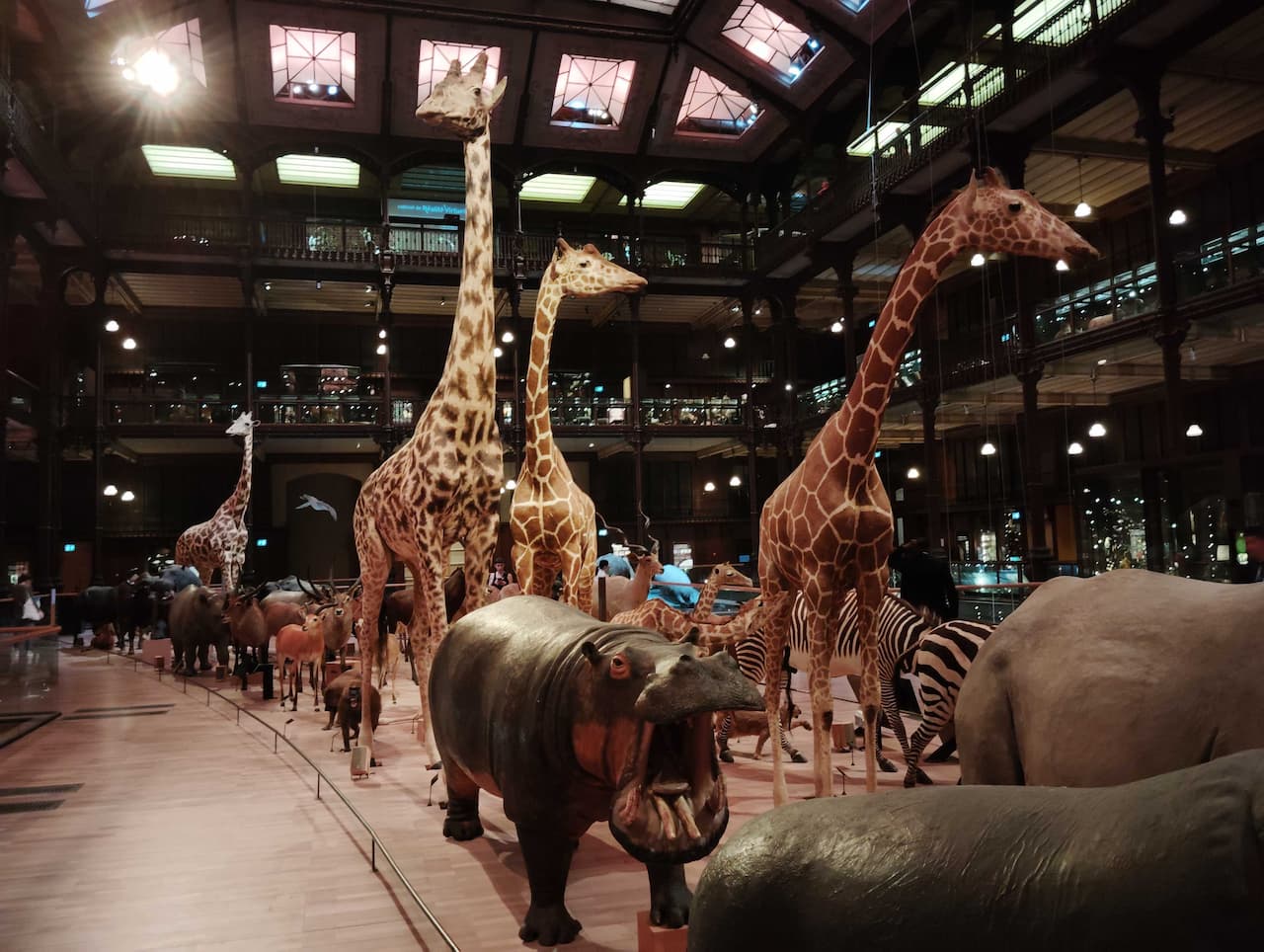Castel Sant'Angelo is a magnificent fortress located along the Tiber River in Rome, Italy, and serves as an important landmark symbolizing Rome's history and culture. Over its long history, it has functioned as an imperial mausoleum, a fortress, a papal refuge, a prison, and a museum. The castle is famous for its circular structure and the statue of Archangel Michael atop it, and together with the adjacent Ponte Sant'Angelo, it attracts numerous visitors as a prominent Roman tourist destination.
Historical background
Castel Sant'Angelo was originally commissioned by Roman Emperor Hadrian (reigned 117–138 CE) as a mausoleum for himself and his family. Completed around 139 CE, its design follows the tradition of ancient Roman circular tombs.
In the Middle Ages, the mausoleum transformed into a fortress and, from the 9th century onward, served as a refuge for popes. During this time, the secret passageway known as the 'Passetto di Borgo' was constructed to allow popes to escape from the Vatican Palace to the castle. This passage famously played a role during the Sack of Rome in 1527, when Pope Clement VII used it to flee.
Origin of the Name
The name 'Sant'Angelo' (Holy Angel) originates from a legend during the plague of 590 CE, when Pope Gregory I reportedly saw Archangel Michael sheathing his sword atop the castle, symbolizing the end of the plague. Subsequently, a statue of Archangel Michael was placed on the castle's upper section, which remains a symbol of the castle and welcomes numerous visitors today.
Architecture and Structure
Castel Sant'Angelo is fascinating for its architectural evolution over time. The circular base retains traces of its origins as an ancient Roman mausoleum, while the upper sections feature fortress structures added during the Middle Ages and Renaissance.
The castle's interior is divided into multiple floors, with a spiral passage leading from the mausoleum's central area to the upper sections. Inside, there are papal living quarters, chapels, armories, and prisons, each reflecting its use during different eras. From the rooftop, visitors can enjoy breathtaking views of Rome and the Vatican.
Attractions
-
Statue of Archangel Michael
The statue atop the castle commemorates the end of the plague, with the current bronze statue created in 1753. It serves as a symbol of the castle and is a popular spot for tourists to take photos. -
Passetto di Borgo
The secret passage connecting the Vatican Palace and Castel Sant'Angelo is a mysterious space featured in films and literature. Its use during significant historical events, such as the Sack of Rome, highlights the castle's strategic importance. -
Museum Inside the Castle
Today, Castel Sant'Angelo is open as a museum, showcasing artworks, weapons, and historical artifacts from ancient Rome to the Renaissance. The opulent papal living quarters and defensive structures are particularly noteworthy. -
Ponte Sant'Angelo
The bridge leading to the castle was built during the Roman Empire and later adorned with angel statues by Bernini. The statues lining both sides of the bridge create a stunning and photogenic scene.
The Present-Day Castel Sant'Angelo
Castel Sant'Angelo is not just a tourist attraction but also a place that narrates Rome's rich history, captivating many visitors. Seasonal events and markets held in the castle's square and surrounding areas provide opportunities for locals and tourists to interact and enjoy.
summary
Castel Sant'Angelo has evolved through ancient times, the Middle Ages, and into the modern era, maintaining its significance throughout Rome's history. From its roles as a mausoleum, fortress, and papal refuge to its current status as a museum blending art and history, it leaves a profound impression on visitors. When touring Rome, be sure to visit this magnificent castle and experience its historical essence.
